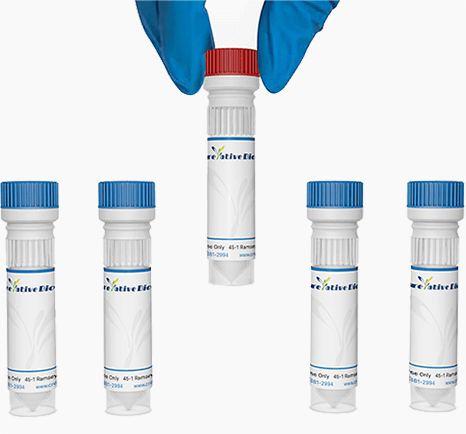Key Details
| Catalog | MAS-0524-YJ50 |
| Applications | ELISA; WB; FC |
| Host | Mouse |
| Reactivity | H. pylori |
| Clonality | Monoclonal |
| Conjugations | Conjugation could be customized |
| Sub CAT. | Applications | Clone | Conjugations | Endotoxin Level | Size | Quantity | |
|---|---|---|---|---|---|---|---|
| MAS-0524-YJ50-A | ELISA, WB, FC | H36 |
Successfully!
|
Overview
Properties
Target
Overview
| Description | Clone 147.2 is a Mouse monoclonal IgG recognizes H. pylori HopQ. |
| Reactivity | H. pylori |
| Applications | ELISA; WB; FC |
| Host | Mouse |
| Immunogen | H. pylori lysate |
| Isotype | Mouse IgG2a kappa |
| Clonality | Monoclonal |
| Clone | H36 |
| Dilutions |
ELISA: 0.1-1000 ng/mL WB: 0.2-1 μg/mL |
Properties
| Expression Host | HEK293F/CHO |
| Conjugations | Conjugation could be customized |
| Purification | Protein A/G affinity purified is the regular method |
| Purity | SDS-PAGE> 95% |
| Endotoxin Level | Endotoxin level could be customized |
| Form | Liquid (frequently-used) or lyophilized |
| Concentration | About 1mg/ml. There are differences between batches. Special concentration could be customized. |
| Sterility | 0.2 μM filtered |
| Buffer | See the Datasheet |
| Storage | See the Datasheet |
Target
| Target | H. pylori HopQ |
| Alternative Names | HopQ; Hypothetical outer membrane protein; H. pylori; Helicobacter pylori |
| Introduction | Helicobacter pylori is a widespread pathogenic bacterium that colonizes the human stomach and can cause gastritis, gastric and duodenal ulcer and cancer. H. pylori surface proteins mediate important pathogen-host interactions such as colonization or adhesion. HopD and HopQ are members of the predicted family of outer membrane proteins of H. pylori. HopD is a porin with a small pore. The type I hopQ allele has been associated with cagA-positive s1 vacA-type strains from patients with ulcer disease. |
| Organism | Bacteria |
| Related Disease | Ulcer disease |
| Infections Route | Fecal oral route, oral-oral route |
Online Inquiry
